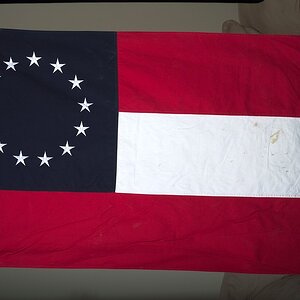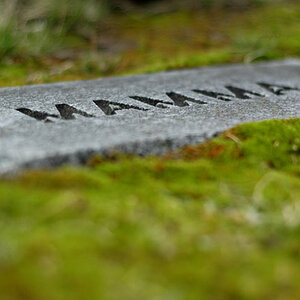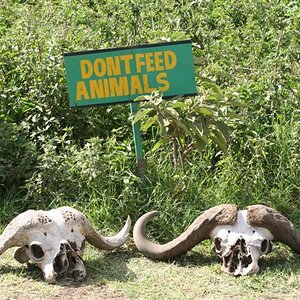davebmck
TPF Noob!
- Joined
- Mar 10, 2008
- Messages
- 678
- Reaction score
- 0
- Location
- Waxhaw, NC
- Can others edit my Photos
- Photos NOT OK to edit
I did a search on this and didn't find anything, so I will ask here. When I look through my file folders where my raw and jpg files are stored I see that some files have the same name with an xmp extension. Some do not have the mating file.
The questions is, what is this file and do I need to keep it?
The questions is, what is this file and do I need to keep it?


![[No title]](/data/xfmg/thumbnail/33/33031-909b1e1ff8739eef165c60b70c9a6a38.jpg?1619735845)
![[No title]](/data/xfmg/thumbnail/35/35262-02f8eba4a2a92dbae0b55547bba80b4f.jpg?1619736968)
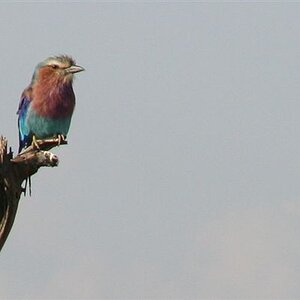
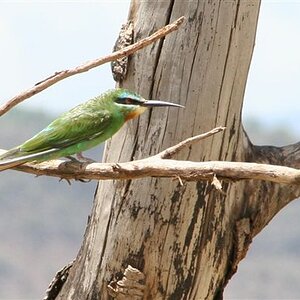

![[No title]](/data/xfmg/thumbnail/40/40310-01bec1b9b7918522bf21a09cf75c5266.jpg?1619739414)

